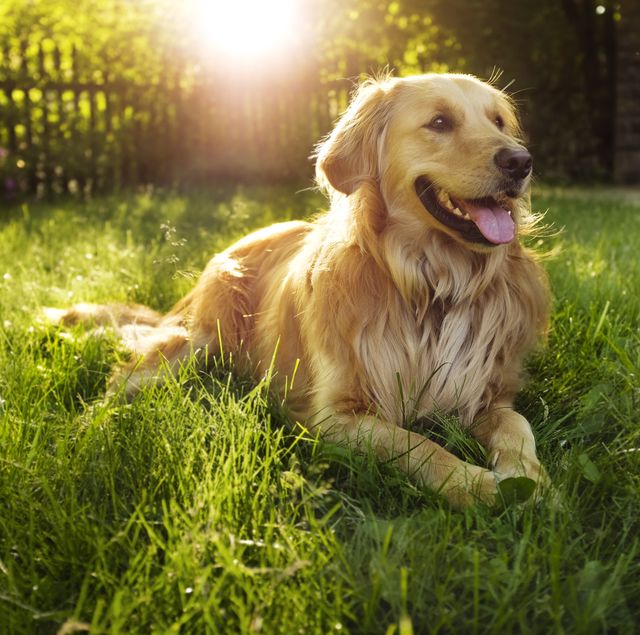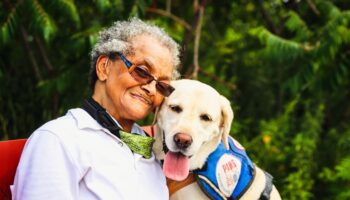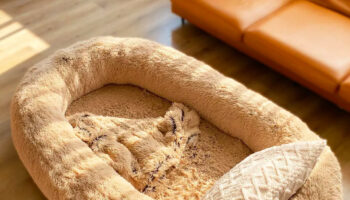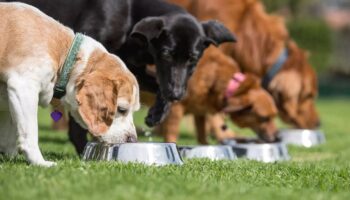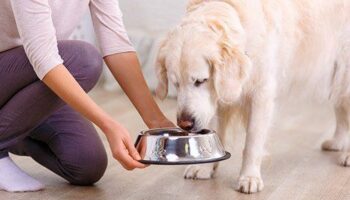Dogs come in all shapes and sizes. From gigantic Bernese Mountain Dogs to minuscule Chihuahuas, you are sure to find a breed that best suits your needs and lifestyle. If you find yourself wanting or owning a small dog breed, be sure to know that there are extra precautions you need to bear in mind to properly take care of them. This list has compiled the different things you need to look out for when owning these little pups.
Avoid overfeeding
Smaller dog breeds naturally require less food intake. It is rather easy to overfeed smaller dogs because owners tend to measure the amount of food only through visual means. The most effective method of measuring the amount of food that your dog requires is to put it up on a scale. Veterinarians usually have general guidelines as regards how much your dog should eat depending on their weight. Also, keep in mind the size of the kibbles, pellets, or treats that you give to your dogs. Smaller breeds tend to have small digestive systems, so you have to give them appropriately-sized dog food to avoid digestive issues.
Regular training
Similar to eating and feeding habits, it is also easy to overlook the importance of regular discipline training among smaller dog breeds. This is precise because smaller dogs are relatively easy to pick up and manipulate. Moreover, bad behavior is not perceived as dangerous in smaller dogs because of their diminutive stature. This is why we observe aggressive behavior often being linked to smaller dogs. As such, regular training is a must, especially to develop basic skills and manners.
Appropriate equipment
Smaller dogs tend to get tangled in their leashes and collars, placing undue strain on their neck, throat, and back. Constant tugging and pulling can cause various health complications down the line. This is all the more critical when we consider that what might seem like slight tugs and pulls to us may actually be too strong for these little creatures to safely tolerate. Thus, it is generally advised to use body harnesses rather than collars when leading.
House set up
These little pups often have a hard time navigating their home environment. Oftentimes, they find themselves unable to climb a flight of stairs or reach other places around the house. Also, elevated areas are a constant hazard to small dogs because they can easily get injured upon jumping off. As such, it is extremely important that small dog owners be mindful of how their homes are set up to cater to the needs of smaller breeds. Training and discipline are also necessary to prevent injuries from jumping off or falling from elevated areas.
Cleanliness and sanitation
Their small and tiny bodies mean that they can easily insert themselves into pockets or corners that are otherwise unreachable to regular-sized dogs. Often, these are places in our homes that are not as reachable, so they are often left dirty. When left unattended, this may result in dust, dirt, and grime build-up in your pet’s coat which could lead to more frequent bathing and cleaning. In some cases, these areas are often infested with pests which could lead to tick and flea infestation. Bearing this in mind, be sure to always check your dogs for signs and symptoms of ticks and fleas. Here’s a quick guide on what to do if your dogs get infested with ticks or fleas.
The sheer variety of dog breeds out there means that there are also a million different ways of properly taking care of these pets. In the case of smaller dog breeds, we often have to create unique compromises to make their lives a lot more comfortable and safe. As responsible dog owners, it is our duty to keep our furry companions healthy and well even if it means putting in a little bit more work.
Reference(s):
- https://www.elisfriends.org/4-tips-for-caring-for-a-small-dog
- https://www.akc.org/expert-advice/health/how-to-care-for-small-medium-dogs/

